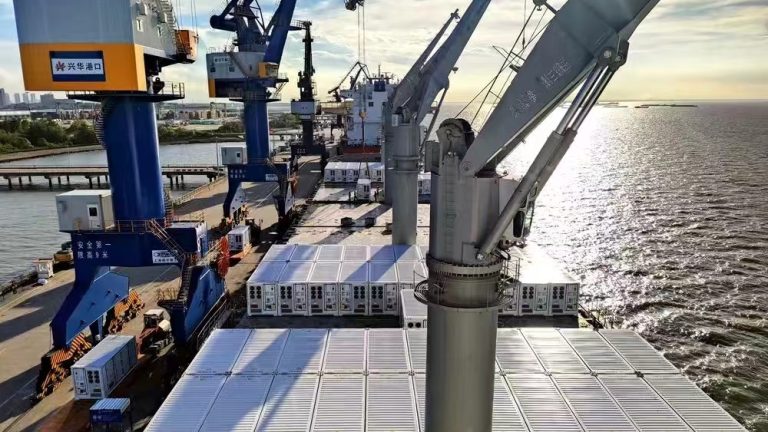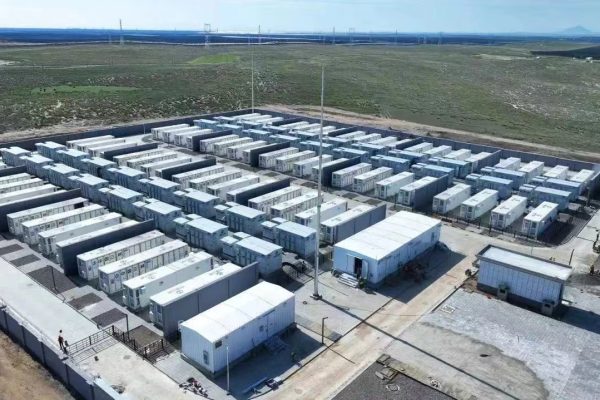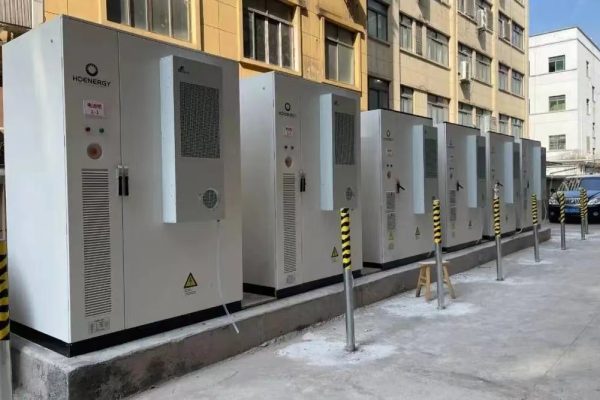Payback Period as a Key Buyer Metric
For international buyers of energy storage systems (ESS), the payback period is a critical decision metric. It indicates how quickly a buyer can recover the initial investment through savings or revenue generation. Expectations for acceptable payback periods vary significantly across global markets, influenced by local energy costs, financing availability, and market maturity. Understanding these differences is crucial for exporters to position products effectively.
1. Understanding Payback Period
- Definition: The time it takes for cumulative savings or revenue from an ESS installation to equal the upfront investment.
- Components: Includes hardware cost, installation, operating expenses, and potential incentives.
- Decision Influence: Shorter payback periods are more attractive, but longer payback may be acceptable in markets with high reliability or long-term benefits.
Exporter Tip: Always quantify payback clearly in proposals and datasheets.
2. Europe: Focus on Long-Term Value and Sustainability
- Average Expectation: 5–10 years depending on incentives.
- Drivers: Government subsidies, feed-in tariffs, and green energy policies.
- Buyer Priorities: Lifecycle ROI, compliance with environmental standards, and energy efficiency.
Exporter Tip: Highlight government incentives and sustainability advantages when discussing payback in Europe.
3. North America: Emphasis on Financial Efficiency
- Average Expectation: 3–7 years for commercial and residential projects.
- Drivers: High electricity costs, net metering policies, and demand charge reduction.
- Buyer Priorities: Quick cost recovery, predictable savings, and compatibility with solar PV.
Exporter Tip: Use clear ROI models and payback charts for North American buyers.
4. Middle East: Durability and Long-Term Returns
- Average Expectation: 6–12 years, with high tolerance for longer payback if reliability is proven.
- Drivers: Harsh environmental conditions and limited grid infrastructure.
- Buyer Priorities: System durability, low maintenance costs, and high-temperature performance.
Exporter Tip: Emphasize robust design and low operational risk in payback discussions.
5. Asia-Pacific: Price Sensitivity and Fast ROI
- Average Expectation: 2–6 years in competitive markets.
- Drivers: Cost-sensitive buyers, emerging solar and storage adoption.
- Buyer Priorities: Low upfront cost, scalable solutions, and short-term financial gains.
Exporter Tip: Offer flexible financing, modular solutions, and highlight energy cost savings.
6. How Exporters Can Adapt Payback Messaging
- Tailored Proposals: Adjust payback period expectations based on regional norms.
- Visual Aids: Use charts comparing payback across scenarios or regions.
- Scenario Analysis: Provide residential, commercial, and industrial use cases.
- Link to ROI and TCO: Show the connection between payback, total cost of ownership, and investment return.
Exporter Tip: Customize communication for each market to align with buyer expectations.
7. Common Mistakes to Avoid
- Assuming Universal Expectations: Don’t present a single payback model for all markets.
- Ignoring Incentives: Government rebates or tariffs can significantly alter payback.
- Too Technical: Focus on financial relevance, not just engineering details.
Exporter Tip: Contextualize payback in terms that matter to the buyer.
Market-Specific Payback Strategies
Understanding different expectations of payback periods across markets allows ESS exporters to communicate value effectively. Europe prioritizes long-term sustainability, North America seeks quick financial returns, the Middle East values durability, and Asia-Pacific focuses on cost efficiency. By tailoring payback presentations to market norms, exporters enhance credibility, facilitate faster decision-making, and improve the likelihood of securing international contracts.









